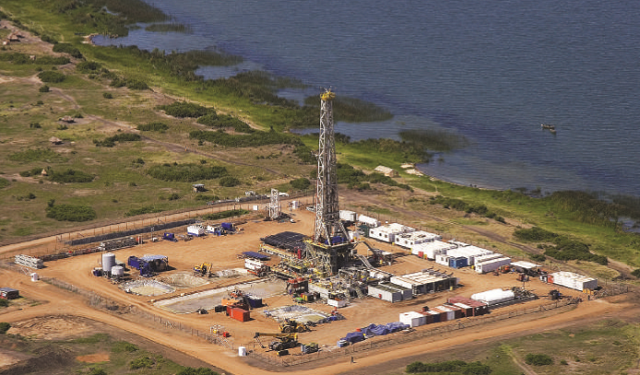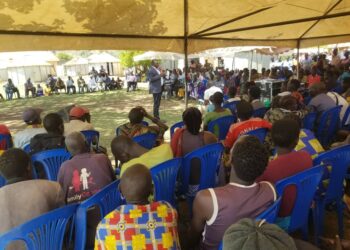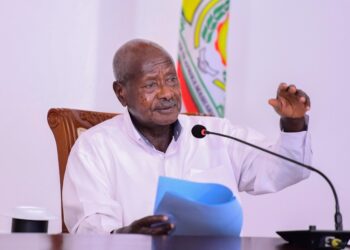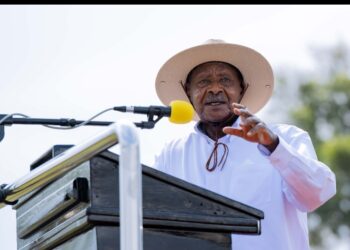The construction of the East African Crude oil pipeline (EACOP) has raised far- reaching alarm among environmentalists, which many economists consider incessant and uncalled for.
Despite sharp disagreements and opposition from environmental activists, the Uganda-Tanzania oil pipeline has taken a firm hold and is here to stay.
The project, whose construction works begun in 2017, aims to exploit vast crude oil reserves at Lake Albert, a 160-kilometre (100-mile) natural border between Uganda and the Democratic Republic of Congo.
With the so called Final Investment Decision (FID) that was announced at a ceremony in Kampala by the heads of France’s Total Energies and CEO for China National Offshore Oil Corporation (CNOOC) on January 2nd, 2022, it is now crystal clear, the project has bypassed all obstacles, basically opposition from concerned environmentalists.
The FID aims to pump a collosal $10 billion into developing Uganda’s oil reserves, and finalise the construction of the EACOP, the longest heated pipeline ever, once its construction is finalised.
Although Total Energies, said last year it had taken steps to reduce the project’s impact on people and the environment, conservation groups doubt this assertion.
Many environmentalists are deeply worried and concerned on the negative impacts of trying to exploit 1.4 billion barrels of oil which are considered recoverable from Lake Albert, out of 6.5 billion barrels it holds.
In Uganda, the drilling is located in several natural reserves, one of which extends to Murchison Falls, the country’s largest national park.
Once it is completed, the $3.5 billion pipeline will pump heavy crude from Lake Lake Albert, inside Uganda’s largest national park, which is home to threatened African species like elephants and lions, a reasonable number of Nile crocodiles, and more than 400 bird species.
Conservationists say not only will it threaten wildlife but it also flies in the face of efforts to curb global warming by emitting dengerous fossil fuels in the atmosphere.
Other critics say the path of the pipeline will impact almost 2,000 square kilometers (770 square miles) of protected areas, a quarter of that the habitat of eastern chimpanzees and African savanna elephants, and displace more than 12,000 families.
Some entities have even been inspired to take legal action to thwart its construction. For example in 2019, a consortium of Uganda and French NGOs filed a lawsuit against Tatal, accusing it of failing to protect the environment and rights of people during the construction of the pipeline.
On February 3rd, Managing Director for Civic Response on Environment and Development (CRED) Bashir Twesigye, while addressing the press on oil matters at Kabira Country Club, Ntinda, Kampala said the pipeline construction has rendered many people homeless, in areas where it is situated as their structures have been demolished since the start of construction in 2017, without compensation from government.
BankTrack, an international tracking NGO on finance, earlier on predicted that the proposed 1,445 kilometre EACOP would have disastrous consequences for local communities, wildlife and the entire planet.
According to BankTrack, the project threatens to displace thousands of families and farmers from their land.
It poses significant risks to water resources and wetlands in both Uganda and Tanzania – including the Lake Victoria basin, which over 40 million people rely upon for drinking water and food production.
Do you have a story in your community or an opinion to share with us: Email us at editorial@watchdoguganda.com













